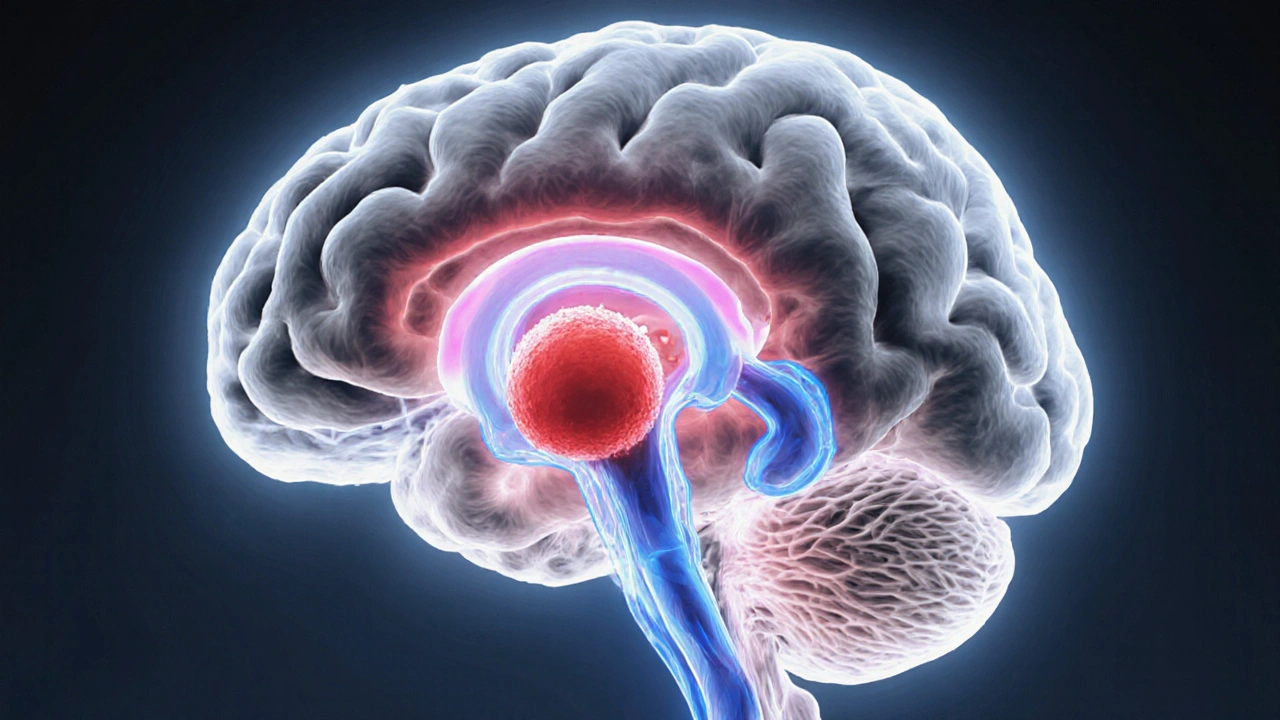Stroke Warning Signs
When working with stroke warning signs, the early signals that suggest a cerebrovascular event might be starting. Also known as stroke alerts, they alert you to act before permanent brain damage occurs.
Understanding stroke warning signs starts with knowing the most common stroke symptoms, such as sudden numbness or weakness, confusion, trouble speaking, visual changes, loss of balance, and severe headache. These symptoms often appear together, but even a single clue can be a red flag. The faster you spot them, the quicker you can get help, which is why medical teams rely on the FAST test, a simple acronym standing for Face drooping, Arm weakness, Speech difficulty, and Time to call emergency services. FAST turns a complex assessment into a three‑minute decision tool that anyone can use in a home or workplace.
Risk factors shape how often and how severely these warning signs show up. Key risk factors for stroke, include high blood pressure, atrial fibrillation, diabetes, smoking, high cholesterol, and a family history of stroke. Lifestyle choices like diet, exercise, and stress management can lower the odds, but some risks—like age or genetics—are out of your control. That's why physicians often prescribe anticoagulants, medications that thin the blood to prevent clots, especially in patients with heart rhythm disorders such as atrial fibrillation. While anticoagulants dramatically cut stroke risk, they also raise bleeding concerns, so regular monitoring is a must.
Putting It All Together
Putting these pieces together forms a clear prevention pathway: recognize the warning signs, assess them with the FAST checklist, understand personal risk factors, and discuss anticoagulant options with your doctor if you have a heart rhythm issue. Each step reinforces the others—knowing your risk makes you more alert to symptoms, and spotting symptoms early guides timely medical intervention, which may involve anticoagulant therapy to prevent a recurrence.
Below you’ll find a curated list of articles that dive deeper into each of these areas. From detailed breakdowns of medication side effects to practical guides on managing heart rhythm disorders, the collection gives you actionable insights to stay ahead of a stroke. Explore the posts, apply the knowledge, and keep yourself and your loved ones safer.
Understanding Different Types of Transient Ischemic Attacks

Learn the main types of Transient Ischemic Attacks, their causes, symptoms, diagnosis, risk factors, and prevention strategies to avoid a future stroke.
